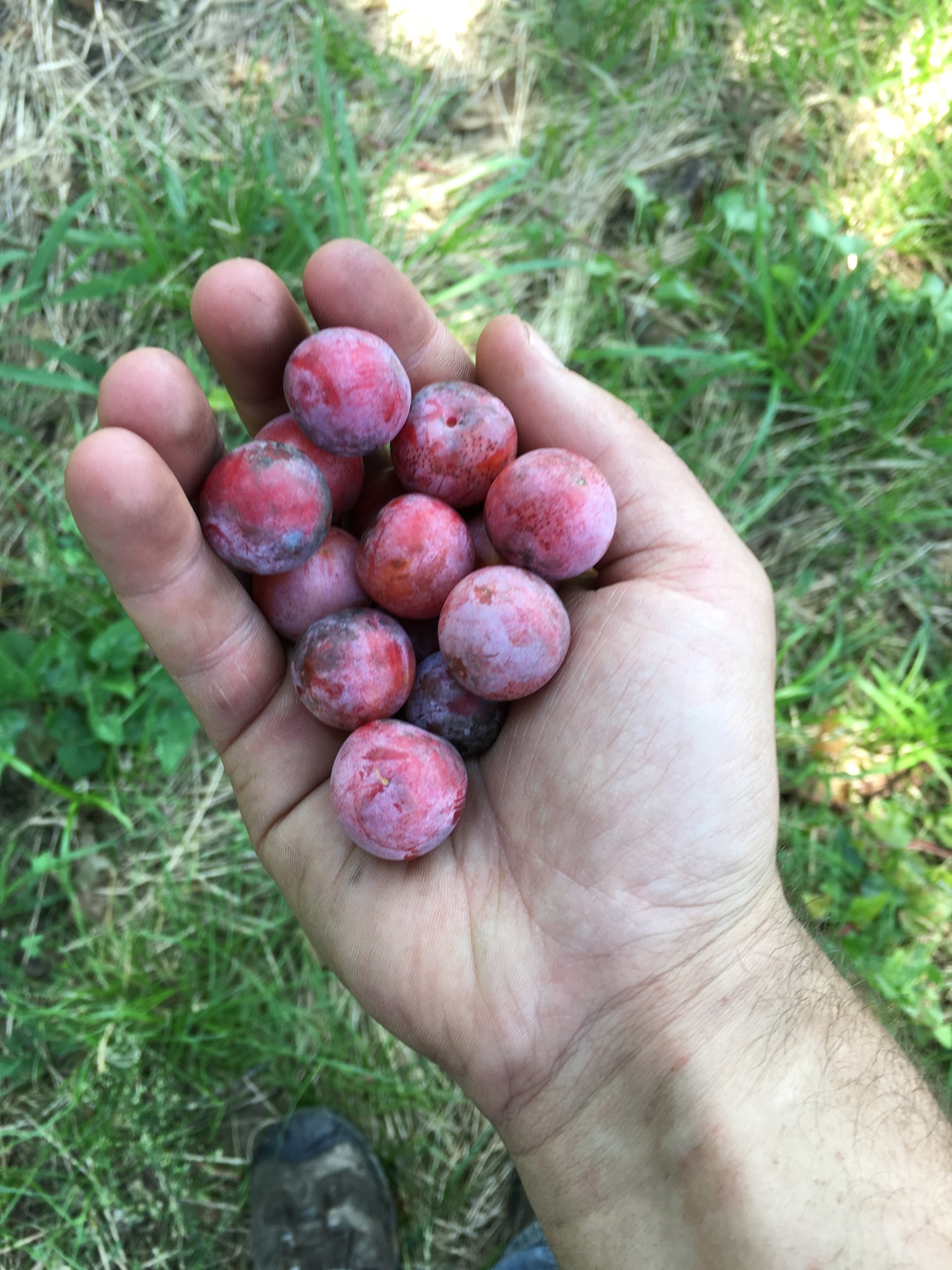Haven't logged on here in a long time as I've been pretty busy with business and the kiddos over the past couple of years, and don't spend as much time on the forums as I used to. At some point I'll post a few pictures as to how some of the trees are doing that I posted about in past years on our small 33 acre place in east Texas.
Since my last post here I've continued to plant each year on our place in northeast Texas, and a lot of the places I reforested have grown up along the creek beds and the pine buffer I planted along the edge of the property to shield from the sound of passing traffic on the highway. There's a lot more cover and a lot more game that visit and hang out on the place. One of my guy I lease to harvested a few nice deer off the place last year including a very nice 9pt buck, and it looks like we have a big 12 running around out there this year. With more cover the hogs are getting ridiculous as well.
In the area I started calling the chestnut field as I had a goal of planting a chestnut forest/orchard on a 4-5 acres pasture area, and each year I planted seed and seedlings from various sources that range from Dunstan, named Chinese cultivars and hybrids of American, Japanese, and European chestnuts. I have a few 50/50 American Chinese hybrids, 87-97% American backcross, and a couple of pure Americans planted at the forest edges while most of the named cultivars and table chestnuts are more in the center of that 4-5 acre area. This year I harvested over a 5 gallon bucket of chestnuts and we're still eating chestnuts each week various ways. The goal with chestnut has changed and aside from the hybrids and backcrossed Americans, I'll soon be growing them as a cash crop to help establish a market for chestnuts in east Texas.
As far as planting nuts for wildlife I've gone back native. I plant lots of oak trees, such as white oaks, post oaks, chinkapin oaks, black oak and various red oaks, but my go to nut for wildlife now if the Ozark chinquapin. I now plant those on the other end of our place that's the highest point in sandy soils among the oaks and pines. I didn't have any of the Alleghany chinquapins I planted years ago to survive, but the Ozarks seem to thrive. We've been on a mission to locate east Texas Ozark chinquapin trees and we've found several trees ranging from 20 to over 30 feet tall. I'm now on the OCF board and we're working to breed resistance in the Texas chinquapins we're locating, so I'll be planting seed in a few of the private tracts of land within a co-op we established to restore eastern wild turkey in our part of east Texas. I've been educating landowners about our native chinquapins and working to get blight resistant trees growing back in our area. Anyway I'll post picture updates whenever I get the chance.
I also happened to pick up another piece of property in the southwest hill country area of Texas. It's only 22 acres but it connects to a friends 210 that I've been hunting for the past 10 or 11 years. We're managing both places as one and we're dong a lot of habitat work out there as well. One of the projects I'm working on out there is removing cedar from the lower areas, and planting more of a rare Texas pinion pine on the ridges that's native to that part of west Texas. Here's a short video of the new place..






